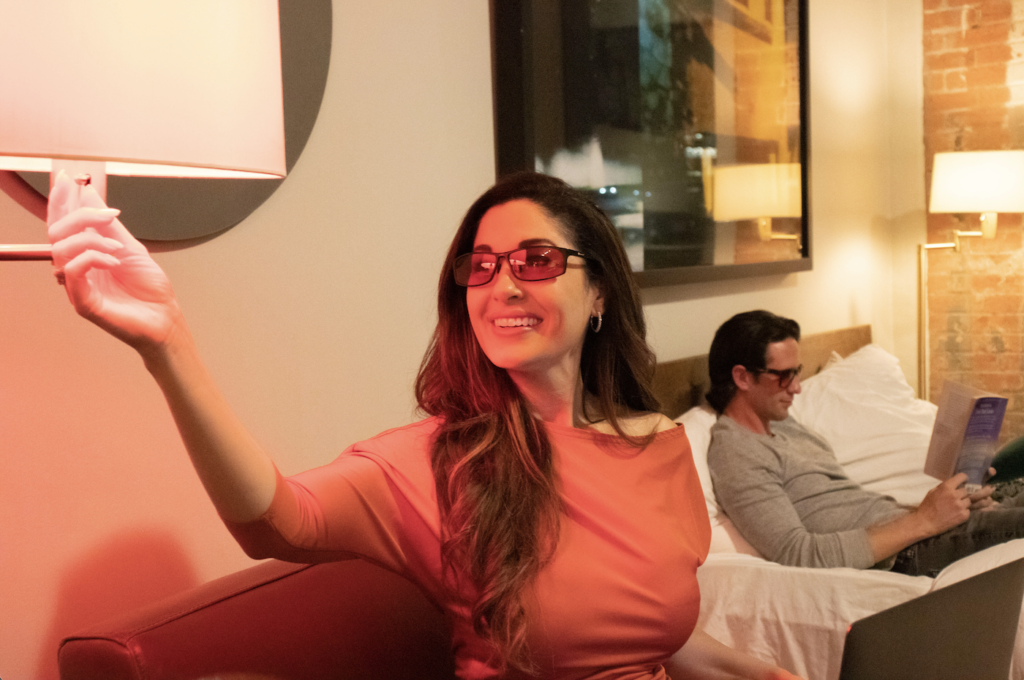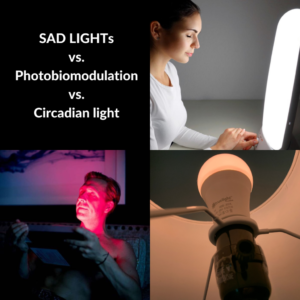
Space Day: LED Light Therapy & Blue Blockers Started With Space Exploration
Article at a Glance: National Space Day was first created in the 1990s to commemorate all of the achievements associated with space research and exploration,

The type of lighting you’re exposed to can affect how your body interprets what time of day (or night) it is. It can also directly impact your mental and physical health, as well as performance. As technology continues to push society indoors, and more people begin working from home, it’s more important than ever to find a lighting solution that supports human health and that is conducive to modern lifestyles. That is the premise behind TrueLight® Luna Red® Lighting.

All living things have internal clocks that tell the body when to carry out important tasks, such as when to wake up, when to eat, and when to sleep. These clocks largely depend on our exposure to light and darkness. While the evolution of lighting technology has been revolutionary, standard lighting does not have the circadian benefits of natural sunlight — such as promoting alertness, improving cognitive function, and regulating circadian rhythms.
The truth is that conventional LEDs and fluorescents are like the high-fructose corn syrup of lighting because they do not emit the sun’s full spectrum of light. And while not all blue light is bad, these light sources primarily emit hazardous blue wavelengths that have been linked to retinal photodamage and degenerative diseases such as macular degeneration. (1) Overexposure to artificial junk light makes it nearly impossible for the body to know what time of day it is, which can, in turn, inhibit productivity during the daytime and sleep at night.
Light exposure in the evenings, or lack thereof, is important too because the human body requires timely oscillations between light and dark to keep circadian rhythms on track. When the eyes detect darkness, the pineal gland inside of the brain produces melatonin to help induce sleep. But under the glow of today’s artificial lights, the eyes don’t get enough darkness to know when it should prepare to rest. It’s no wonder that many people go to bed feeling “wired and tired”, and then struggle to wake up and perform their best the next day.

Unlike conventional light bulbs, TrueLight® Luna Red® Light Bulbs are more effective because they offer day-to-night functionality with adjustable color temperature settings from 1000K to 3000K. In other words, they emit the right amount of healthy, signaling blue light that stimulates circadian responses during the daytime. And at night, they emit red light only to mimic what you would otherwise see while watching a sunset. The warmer, redder wavelengths of light, and the lack of blue light at night, help alert your body that it’s time to wind down and start preparing for bed. TrueLight® Luna Red® Light bulbs are also dimmable for convenience and comfort.
Here are a few quick tips for managing your light exposure at home:


Article at a Glance: National Space Day was first created in the 1990s to commemorate all of the achievements associated with space research and exploration,

Article at a Glance: Skin is the body’s largest organ, and it’s important to protect it as much as it protects you. Maintaining healthy skin

Article at a Glance: Light is an extremely powerful stimulant and tool for the human body. There are several types of light therapy and lighting
© 2024 TrueDark. All rights Reserved | Terms & Conditions | Privacy Policy | Cookie Policy